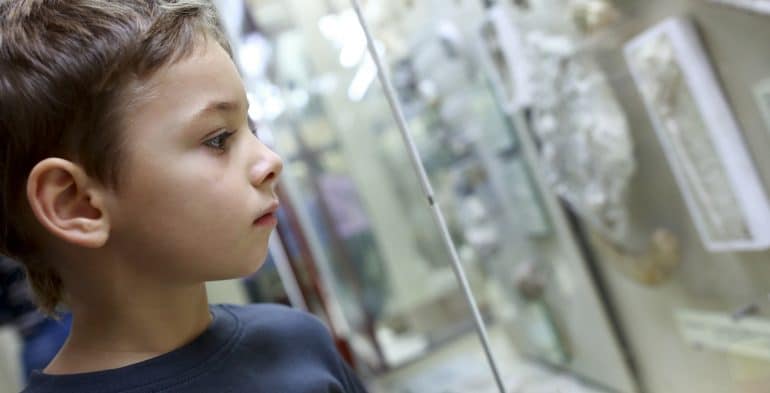
How and when to introduce your child to art galleries and museums
Art Educators consider that it is never too early to introduce your children to art using books, projects and craft, however many parents fear that a visit to the museum or art gallery will be too stressful as children become bored and disruptive. With a bit of planning however it can be a fun and educational visit for all the family and may even lead to a lifelong passion for art. Here are some tips and ideas on how to brave the art gallery or museum with your three to four year old and enjoy it!
Introduce your child early and often if you wish to encourage an interest in the arts and visiting museums and galleries can be a valuable way to do this. It is important to make the experience fun and interesting for your child and not stressful for you.
Planning your visit to an art gallery or museum with your child
Planning your visit is essential as museums and galleries can be large and overwhelming. Visit the museum’s website or guidebook before setting off so that you can plan your trip properly. You may wish to plan your visit around special day’s aimed at children which can also be interactive and hands on. Decide before you go what rooms or exhibits you want to visit and try to focus on – try not to plan to see too much but pick out a few exhibits to focus on. Try not to fall into the trap of wandering from room to room with little direction as children can quickly become bored.
Art gallery and museum visits with children – be prepared!
Once you have planned your visit and know what you are going to see it is a good idea to read up about the artists that will be displaying. Try to learn some interesting facts about the artists and the artwork that they do. This will prepare you for your child’s questions when they look at the art, and give you a chance to get encourage an interest ahead of time. Talking your child about what they are going to see will build interest and anticipation and make them feel part of the adventure of planning.
How to talk to your child about art at the gallery
Once you are at the art gallery or museum, lead your child to the art and let them absorb quietly what they see and then wait for comments or questions. If no questions of comments are forthcoming, offer a few facts that you learned, but don’t overload your child with information.
Art tends to speak to a creative mind organically and this can be halted by too many facts and figures too soon unless your child has a particularly analytical mind and will relate well to this. Ask your child some gentle questions to provoke curiosity such as what they think the painting is. Do not correct them if they see something you don’t … remember, art is subjective. Let your child’s imagination run wild even if what they come up with really crazy suggestions as this is a great way to build your child’s creativity and expression.
Allow your child to wander around but stay close, keep your voice low, and remind them of the importance of not touching the exhibits as art is precious and their hands can transfer dirt and oil which may ruin the artwork. This will also teach a respect for the exhibits and the surrounding in general.









